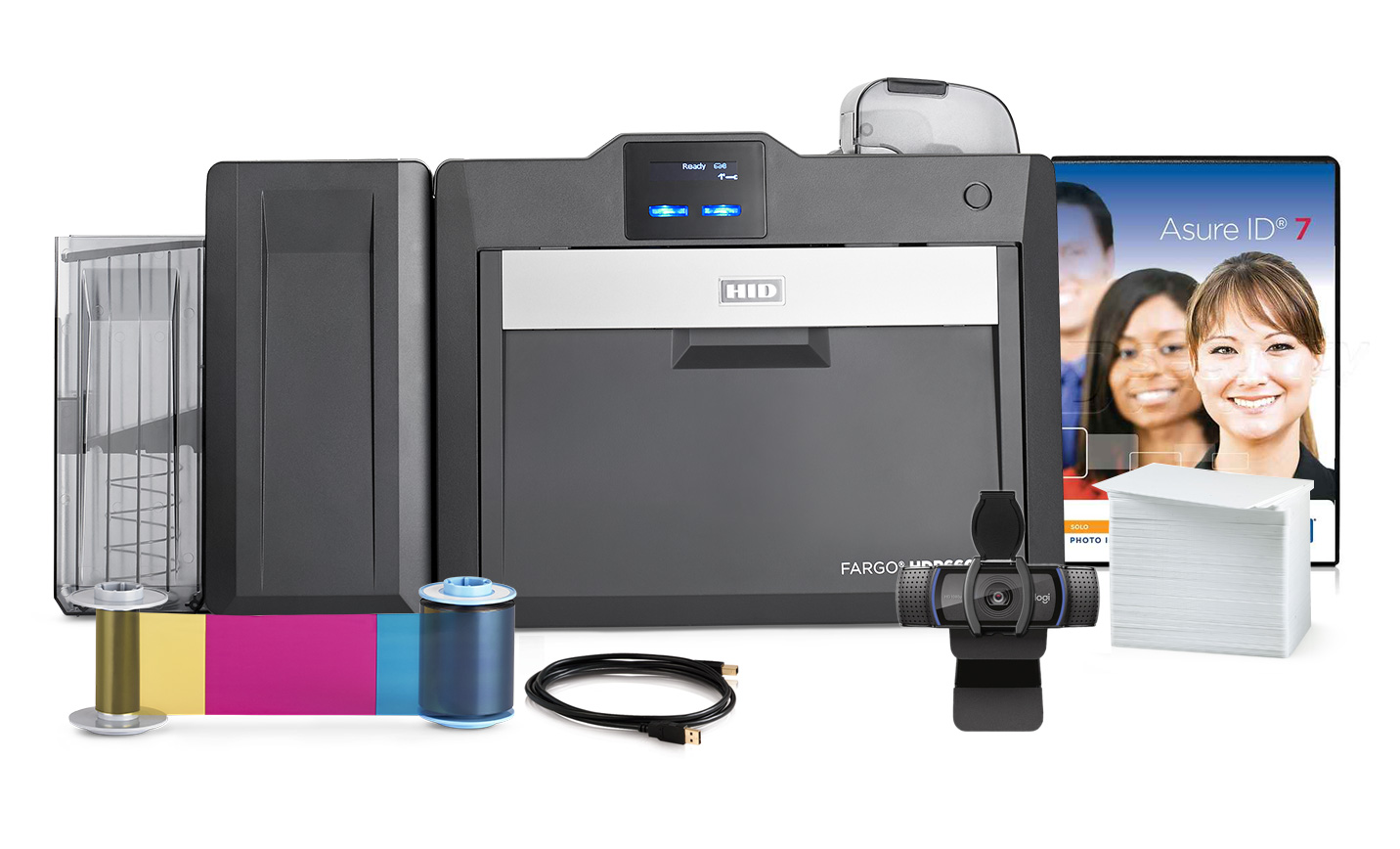
Helping Law Enforcement Departments Navigate New Requirements for CCW Card Issuance
As a trusted partner in security identification solutions for over two decades, ADVANTIDGE understands the critical importance of adapting to evolving regulations and standards, especially in the realm of law enforcement. In 2024, the California Department of Justice (DOJ) implemented new requirements under Title 11, Law Division 5, Firearms Regulations Chapter 14, pertaining to Carry Concealed Weapons (CCW) Licenses.
These requirements mandate the issuance of physical credit card-sized licenses to authorized citizens, necessitating compliance with Uniform CCW License Design Standards. In this article, we will delve into the specifics of these requirements and how ADVANTIDGE supports law enforcement departments in meeting these obligations seamlessly.
Understanding the Requirements:
The Uniform CCW License Design Standards outlined by the state of California impose precise specifications on the size, format, and security features of CCW card licenses. To comply, licenses must adhere to industry standard CR80 size dimensions (2.125 inches in height and 3.375 inches in width) and be printed on a hard card using Form BOF 4501. The front and back of the license must follow a specific format designated by the state, with provisions for the addition of the licensing authority’s seal. This process is typically handled by an ID card printer.
Additionally, the capturing of an original right thumbprint for every initial or renewal CCW card license is mandated. It is crucial that the licensee’s thumbprint or fingerprint image adheres to true size specifications which can be achieved with the HID Lumidign biometric reader. Furthermore, if a Personal Identity Verification single finger capture device is utilized, it must be certified by the FBI and compliant with the NGI Image Quality Specifications, ensuring the integrity of fingerprint data.
Moreover, the printed license itself must be credit card-sized, with the fingerprint image printed at a minimum resolution of 600 dpi. These stringent requirements underscore the importance of partnering with a trusted provider capable of delivering compliant solutions tailored to the needs of law enforcement agencies. One of the most common ways to achieve this is with the HID FARGO HDP6600 600 dpi card printer.
Expertise in Security Identification Solutions:
At ADVANTIDGE, we pride ourselves on our extensive experience collaborating with municipal governments and law enforcement departments to provide cutting-edge security identification solutions. Our comprehensive offerings encompass the issuance of custom-printed PVC cards equipped with visual security features that align seamlessly with the requirements of CCW card licenses.
We understand the critical nature of compliance and the imperative to maintain the highest standards of security and accuracy in the issuance of CCW licenses. Leveraging our expertise and state-of-the-art technology, we offer tailored solutions that streamline the licensing process while ensuring full adherence to regulatory mandates.
Our Solutions:
ADVANTIDGE offers a range of solutions designed to meet the unique needs of law enforcement departments seeking to comply with CCW card issuance requirements. Our offerings include:
- Custom Printing Services: We specialize in the customization of PVC cards, enabling law enforcement agencies to imprint essential information, including licensee details and relevant security features, in accordance with state-mandated specifications.
- Secure Data Capture: Our advanced data capture solutions facilitate the accurate collection and storage of fingerprint images, ensuring compliance with size and resolution requirements mandated by the DOJ.
- Compliance Assurance: We provide comprehensive guidance and support throughout the implementation process, ensuring that our solutions align with the Uniform CCW License Design Standards and other regulatory mandates.
- Ongoing Support and Maintenance: Our commitment to customer satisfaction extends beyond implementation, with dedicated support services to address any issues or updates required post-deployment.
Learn more about how ADVANTIDGE provides security identification solutions for government entities at all levels
Conclusion:
As law enforcement departments navigate the complexities of new CCW card issuance requirements, partnering with a trusted provider like ADVANTIDGE is essential to ensure seamless compliance and optimal operational efficiency. With our proven track record of delivering tailored security identification solutions, we stand ready to assist agencies in meeting regulatory obligations while enhancing public safety and security.


